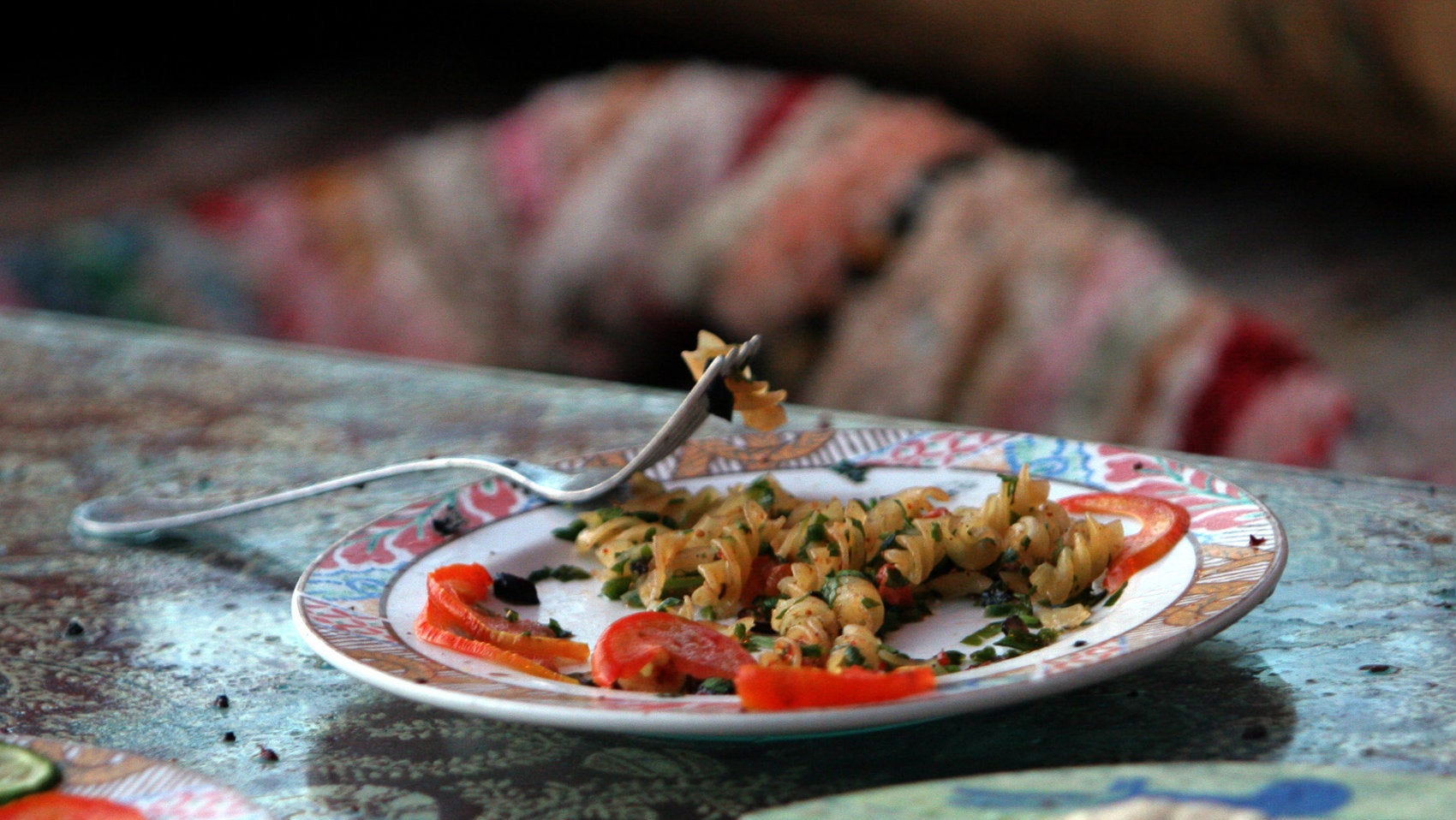Nearly 400 years later, the fork remains at the center of American dining controversy
When the fork was first introduced to the dining table in the US, it caused controversy. Fast forward nearly four centuries later, and the small-pronged utensil still causes international arguments over dining etiquette.


When the fork was first introduced to the dining table in the US, it caused controversy. Fast forward nearly four centuries later, and the small-pronged utensil still causes international arguments over dining etiquette.
On June 25, 1633, when governor John Winthrop, a founding father of the Massachusetts Bay Colony, took out a fork, then known as a “split spoon,” at the dinner table, the utensil was dubbed “evil” by the clergy. They said that the only thing worthy of touching “God’s food” was fingers, according to Colonial American History Stories – 1215 – 1664: Forgotten and Famous Historical Events by Paul R. Wonning.
Forks were pretty much unheard of during Winthrop’s era. People would use their hands or wooden spoons to eat. The Museum of Fine Arts (MFA) in Boston says that only “a handful of well-to-do colonists,” adopted the use of the fork. It was also hard to argue for its use in the practical sense. According to MFA, when Winthrop received the case of utensils, a note accompanying it said “for the useful application of which I leave to your discretion.”
According to Brown University, forks didn’t appear prolifically in archaeological sites until the early 18th century.
Americans get to know the fork

When Americans finally started their love affair with the fork, their dining etiquette compared to their international peers became a source of controversy for centuries, whether it’s the way the fork is held, only eating with the fork, or using the “cut-and-switch.“
According to In Small Things Forgotten: An Archaeology of Early American Life by James Deetz, the peculiar way Americans use the fork can be traced back to what happened when they refused to adopt the utensil after it was introduced by Winthrop, and then later to the Plymouth Colony area when a “wealthy gentleman” brought it to the dinner table in 1721.
During the time it took for Americans to widely start using the fork, dining cutlery was evolving in England. Knives changed to have rounded blade ends, since forks had “assumed the function of the pointed blade,” says Deetz. “However, since most knives were made in England, and the fork appeared later in America, this relationship did not prevail in the New World.”
It’s for this reason, he says, the American standard of switching the fork with the tines pointing up, rather than the European way of having the tines point down, is still prevalent today:
Using a round-ended knife and not having a fork, one would either have made considerable use of the fingers conveying solid foods to the mouth or made do with the spoon. This raises and interesting, if not conjectural, point. Americans often comment that Europeans use their forks “upside down.”
Since we did not learn to use forks until some time after the ends of knives were rounded, the change in the manner of food conveyance was not directly from knife tip to fork tine as it was in England. The only intermediate utensil available was the spoon; one could cut food and transfer it to the spoon bowl. If even one generation used knife and spoon in this manner, the fork, upon its belated appearance, would be used in a manner similar to the spoon. Which is precisely the way we use it today.